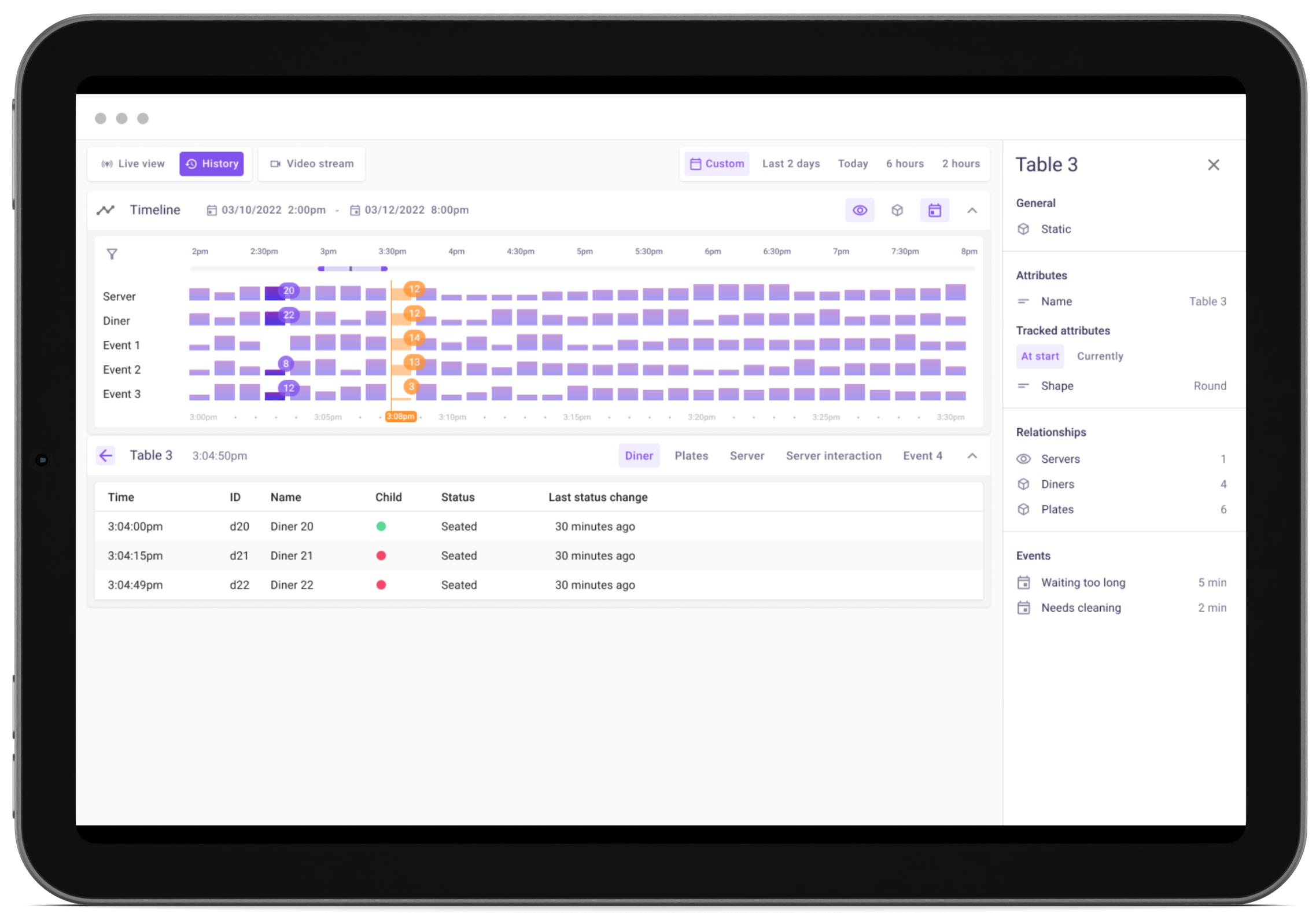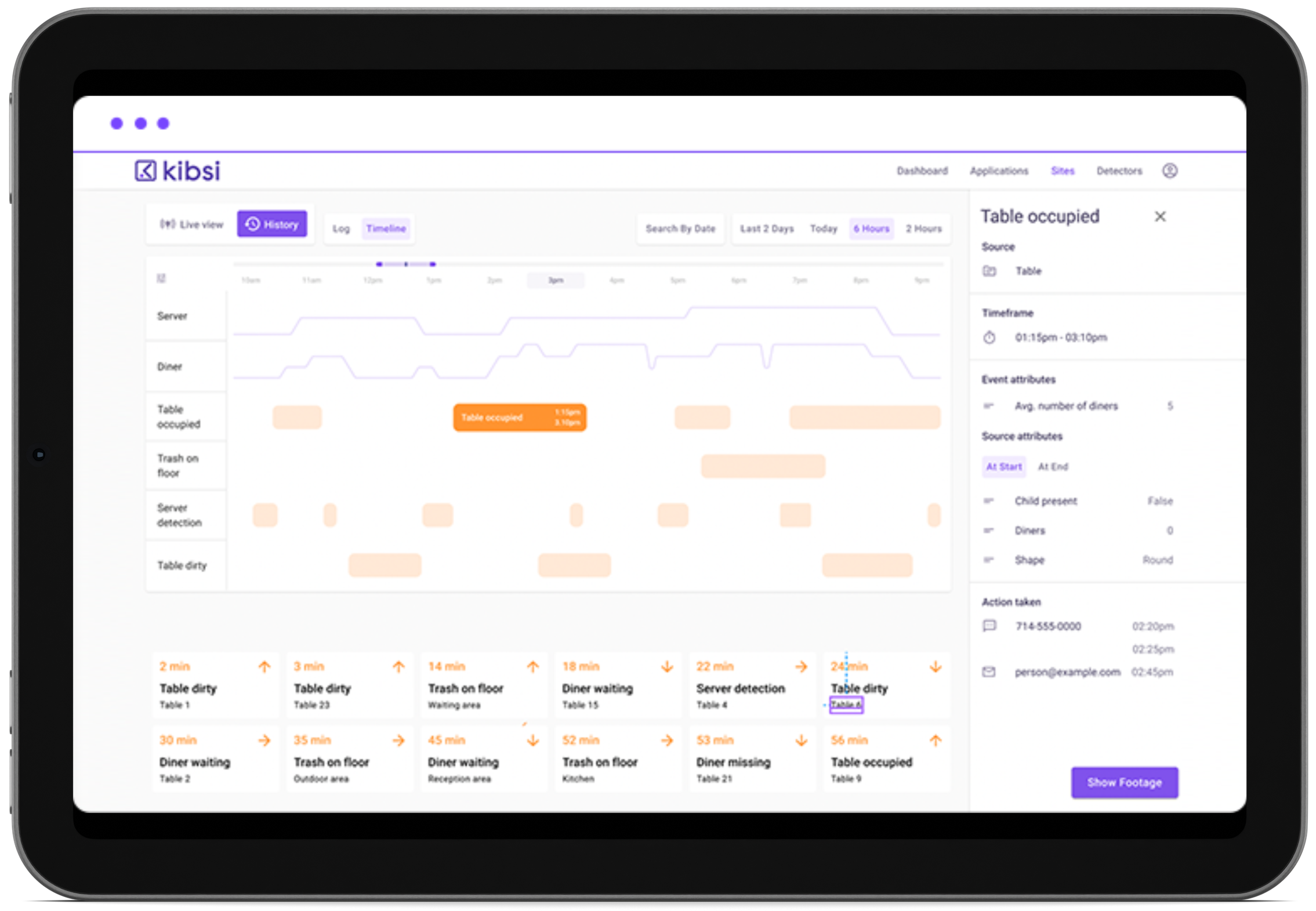Kibsi Platform: Build
Kibsi applications enable business users, analysts, and developers to map the physical world into a relational data model and use a powerful no code environment to reason over it
Turn your camera feeds into usable, actionable data now
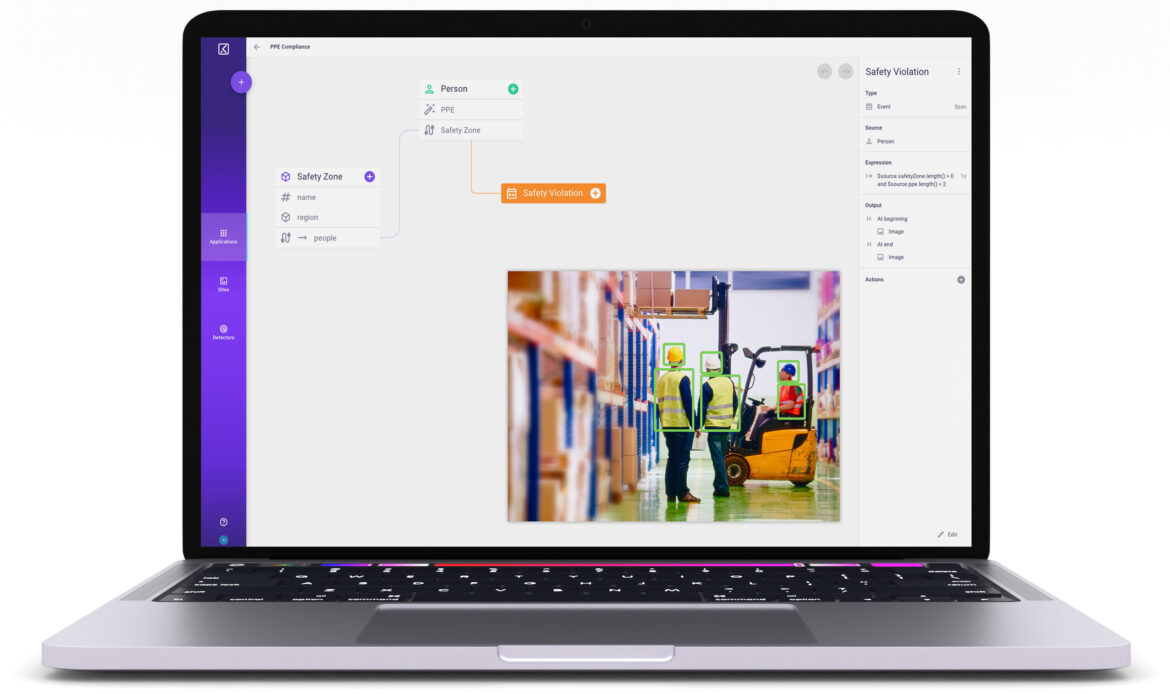
Kibsi’s application builder enables business users, analysts, and developers to map the physical world into a relational data model using a powerful no-code environment.
Build computer vision applications in minutes by mapping detections into your business language and defining relationships, computing formulas, and tracking complex state over time.
Kibsi’s drag-and-drop experience and real-time feedback means developers aren’t required (but are welcome!)
Point and click computer vision
- Map detections to objects and item types
- Define events and regions of interest
- Build relationships between elements
- Pan and zoom across multiple business models
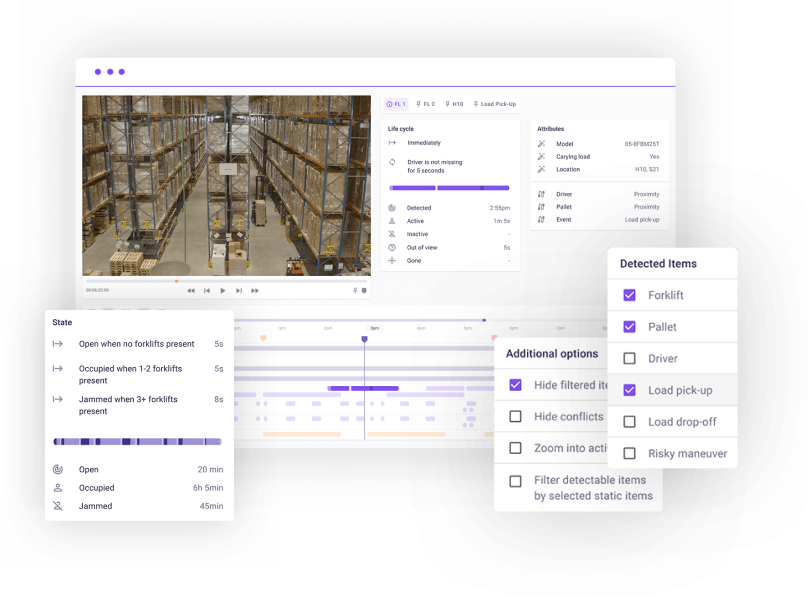
Because the world is more complex than a flowchart
Real-world objects and processes undergo complex state changes throughout their lifecycle. Whether it’s the state of a restaurant table or the steps required to assemble an airplane, state machines are modeled easily in Kibsi’s no-code environment.
Complex machines with dozens of states and transitions
Visual or expression-based transition rules
Configurable transition delays
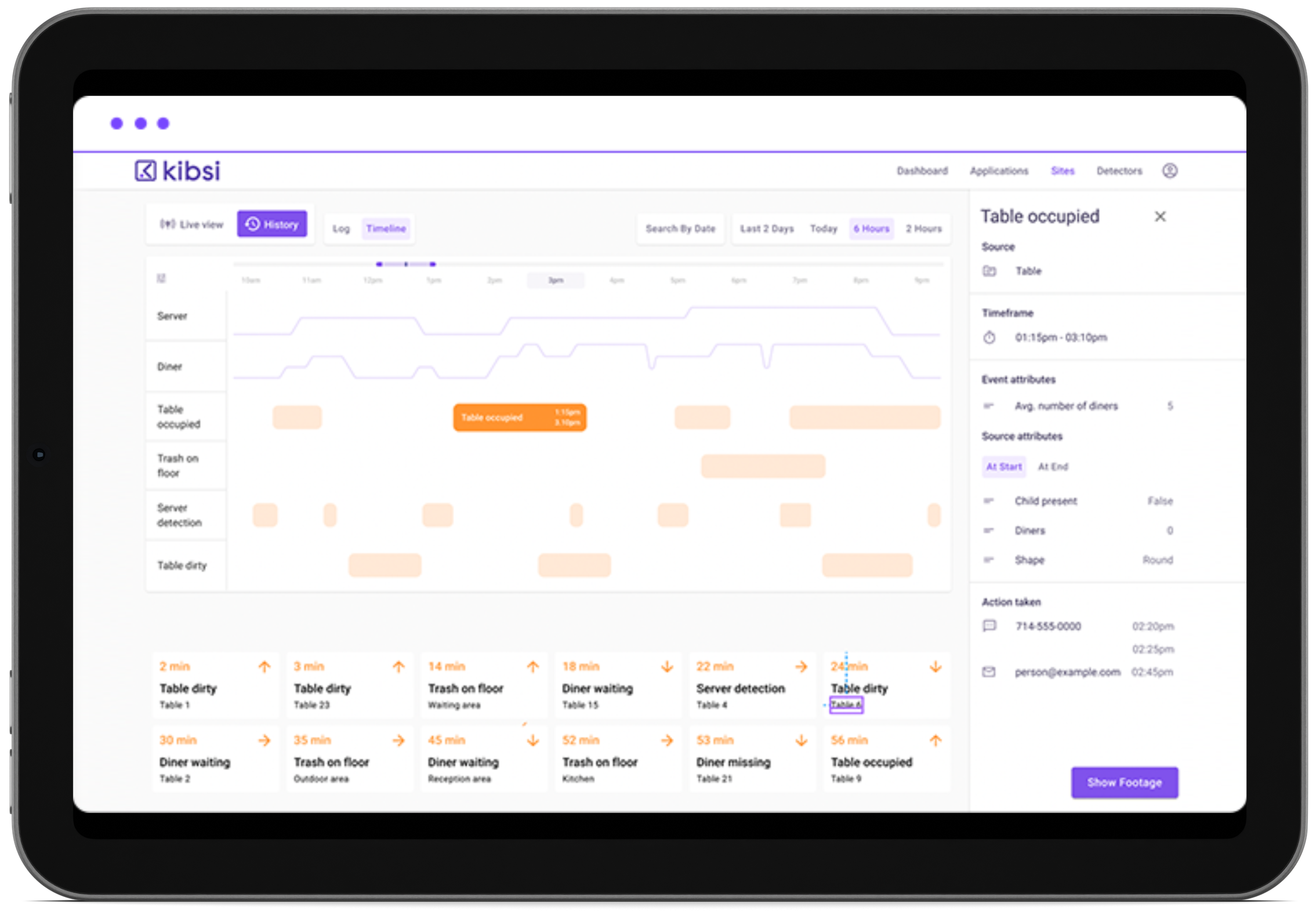
Reason over data with simple, powerful expressions
Kibsi’s expression language allows you to add calculated attributes to your data model, transitions to state machines, or triggers for events. It’s as easy as writing a spreadsheet formula, but powerful enough to process real-time visual data – without breaking a sweat.
A relational database for the physical world
- Drag and drop to define relationships
- Determine when people are inside or near an object or area
- Count objects relative to a source object or location
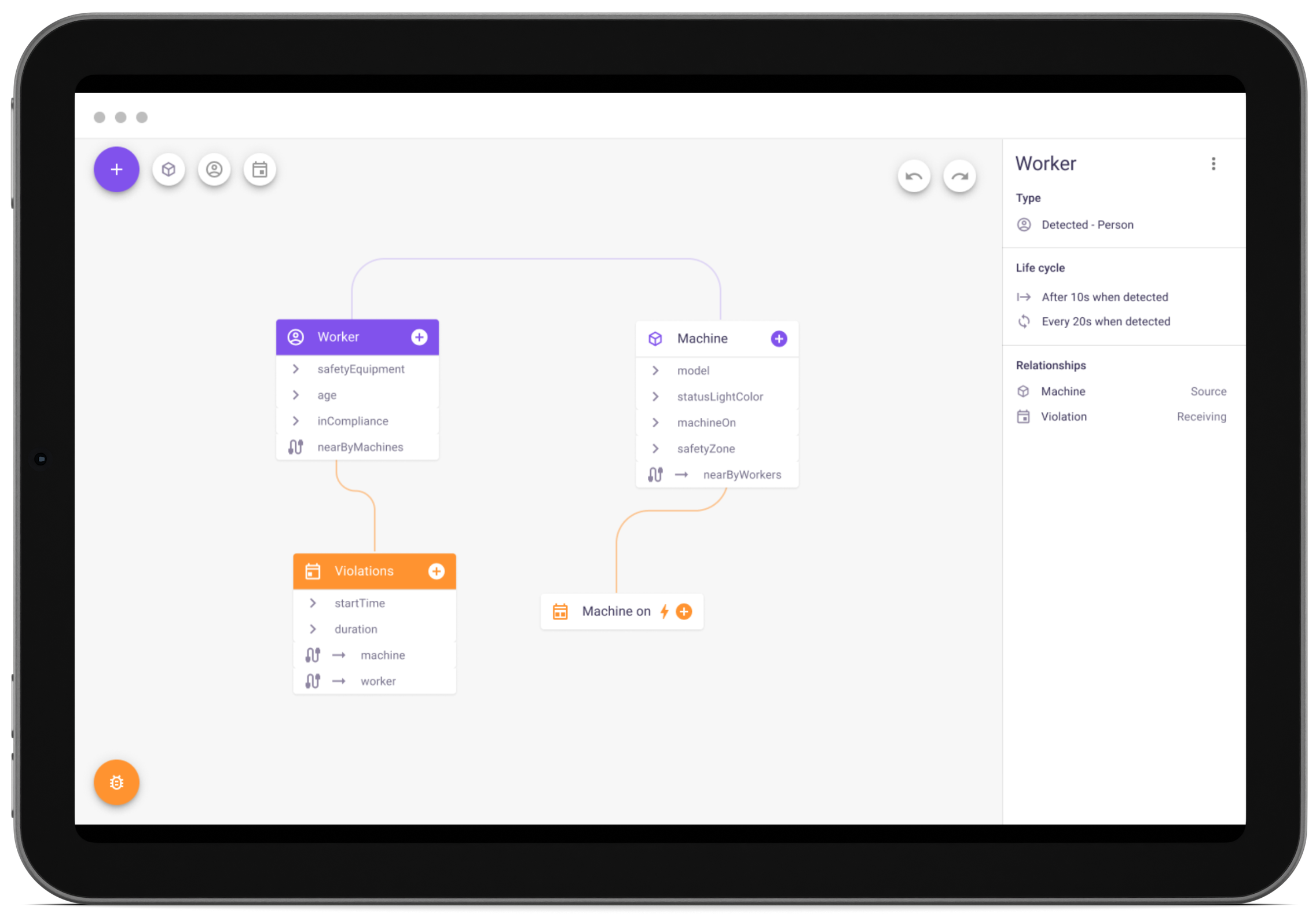
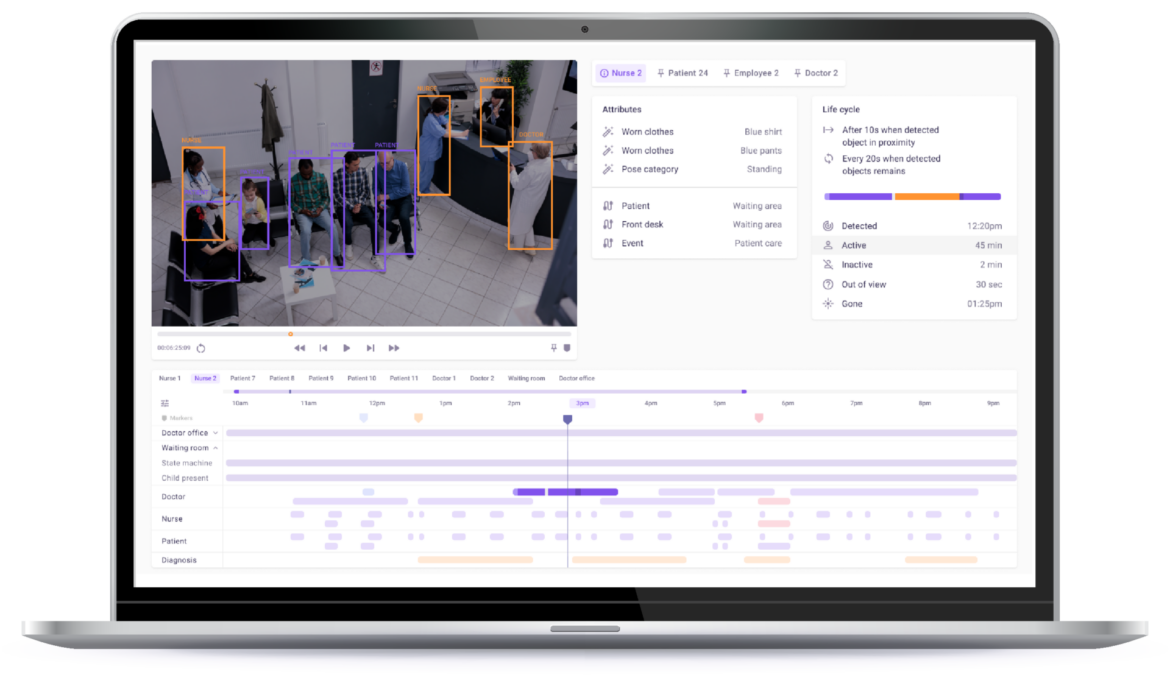
See and test your work in real-time
Any camera, anywhere
Kibsi is designed for reality and works with your existing camera installations. With multi-camera support, your applications aren’t restricted to a single field of view.
- IP security cameras
- Video management systems
- Overhead and skewed camera angles
- Low frame rates
- Moderate lighting & resolution
Determine direction and speed of travel of an object or objects
Measure the size of groups, and the arrival and departure of people from a group
How Does Kibsi Work in Your World?
Kibsi is designed to flex to your needs, offering real-time alerts, easy customization, and seamless API integration. Whether it’s tracking freight, monitoring manufacturing or keeping queues moving for concessions, Kibsi turns your video feeds into actionable insights. Intrigued? There’s a lot more to explore.
A cutting-edge computer vision platform
Measure everything
Level-up your analyses with new data and insights that have never been accessible before. Use time-series data from Kbsi to inform business decisions, optimize workflows, and delight customers.

A platform built for all users
A rich canvas to map detections into your business language. Our drag-and-drop interface allows anyone to build computer vision applications.

Point and click deployment
Computer vision outcomes require a lot of components, assembled in just the right way. Kibsi has you covered from development through production, with just a few clicks – no fragile processes to build & maintain.
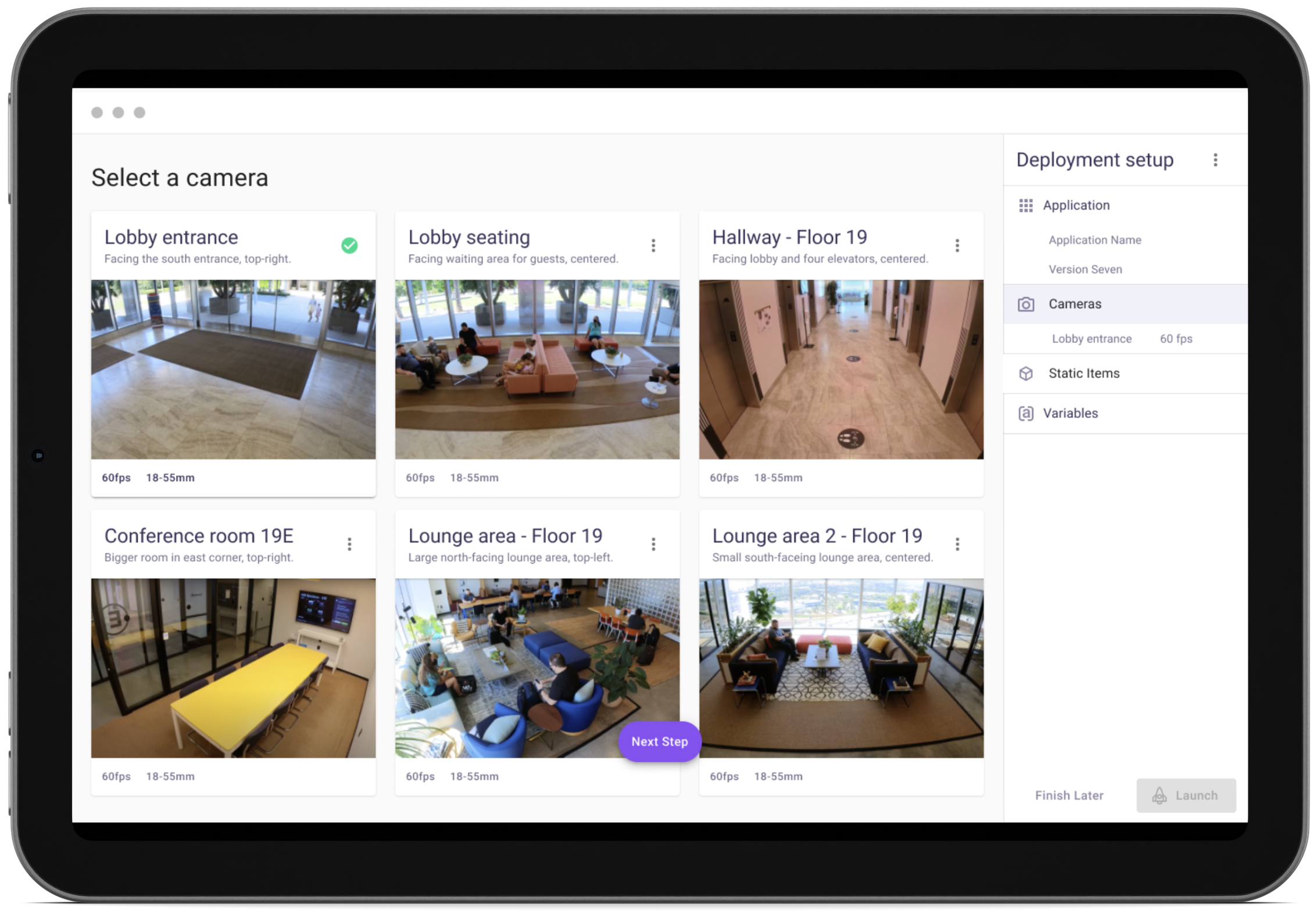
Building blocks for any use case
Built-in computer vision models for thousands of objects and classes, curated to provide state-of-the-art detections. And of course, you can bring your own custom detectors built on common architectures.
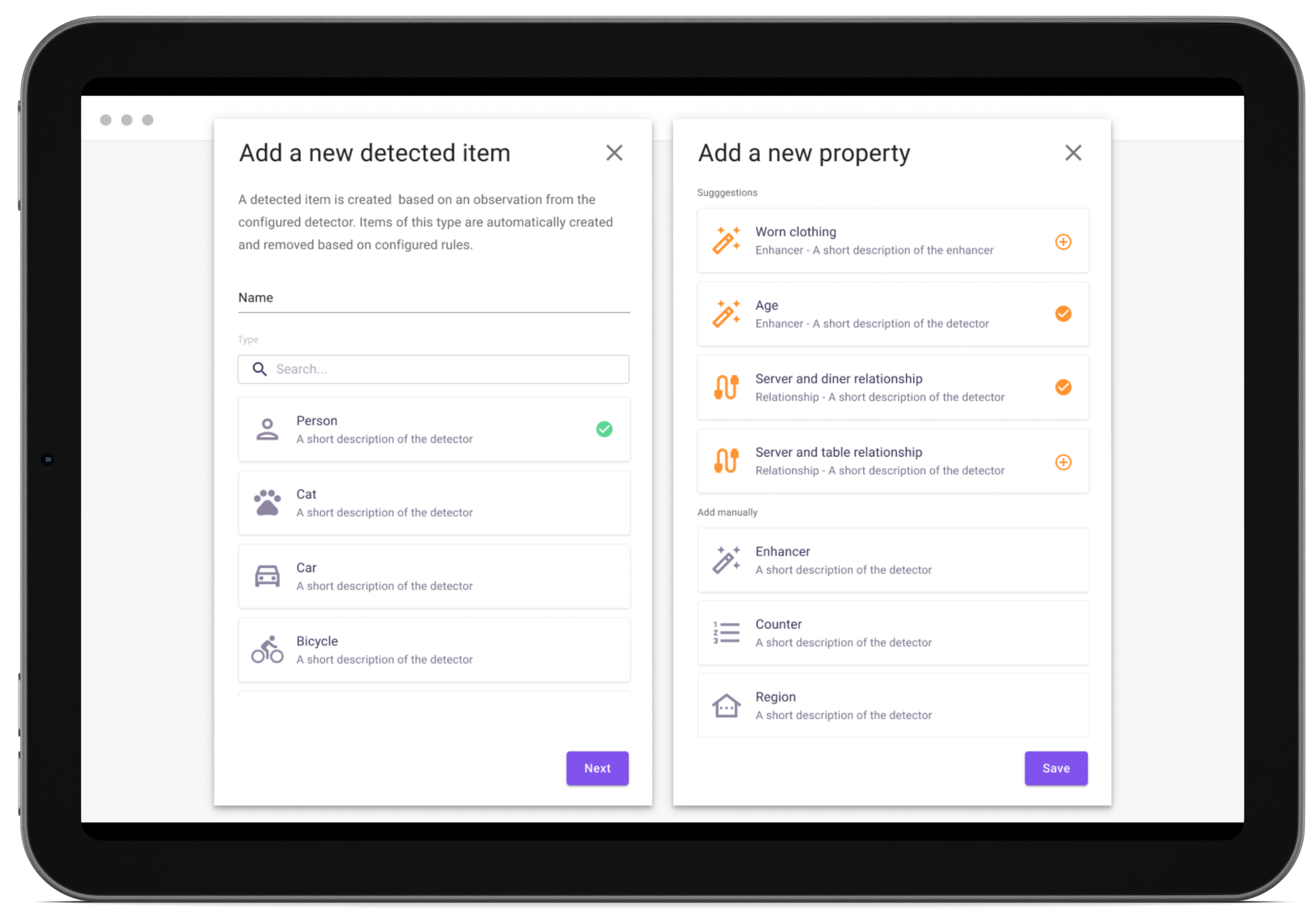
Detections + context for valuable insights
Compose multiple detectors with simple logic to gain additional insights and add context, creating limitless combinations.

An API for the physical world
Treat the world as if it was a relational datastore. Understand the lifecycle, long-term state and interactions of detected objects. It’s like having an API that returns the state of the physical world.
